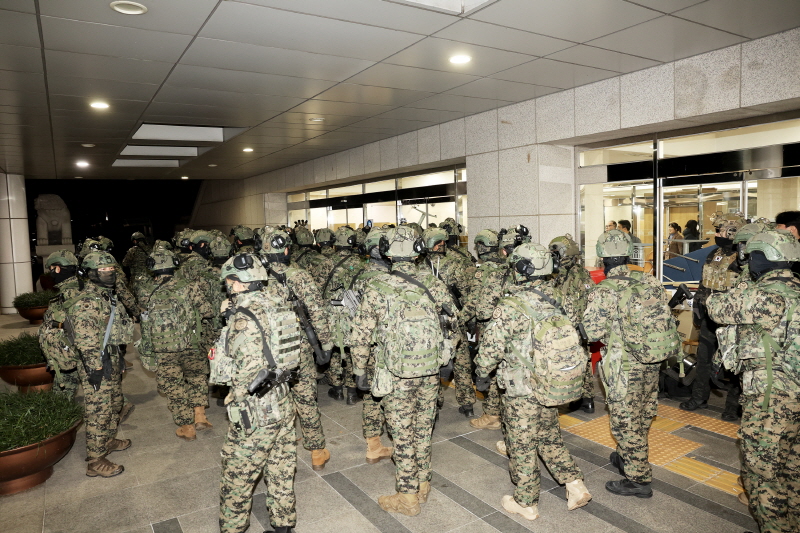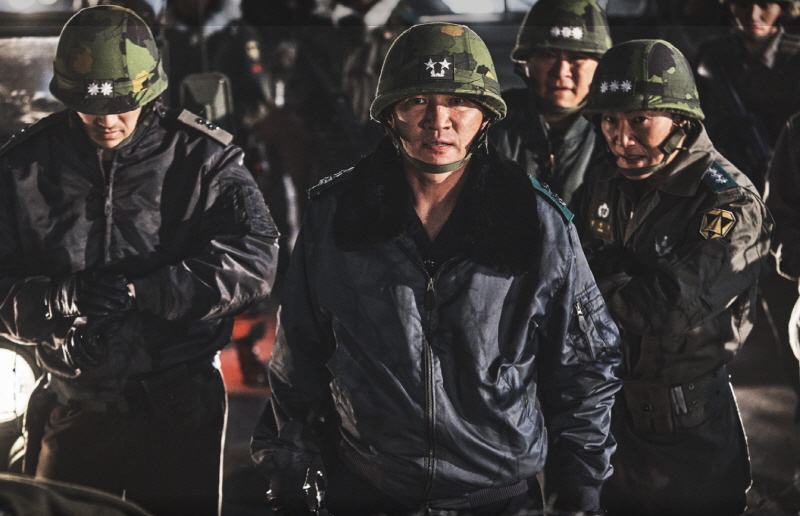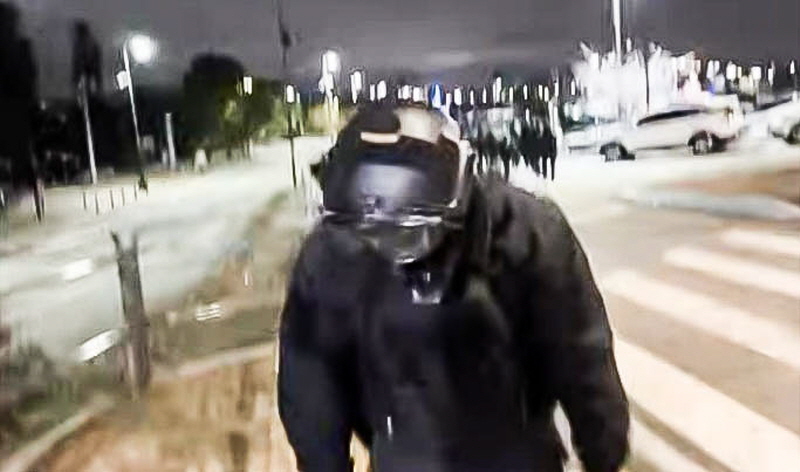The South Korean martial law forces of millennials and Generation Z were different from the past.
The emergency martial law card that the Yoon Suk Yeol government pulled out turned out to be ineffective. There is an evaluation that the ideological stance of those who would not easily accept an order from the military leadership, if it was irrational, played a role in this.
Even though the Martial Law Command issued a proclamation banning the activities of the National Assembly, the fact that the martial law forces did not fully comply with this order is believed to have helped facilitate the passage of the proposal for the lifting of the emergency martial law during a plenary session.

According to the military authorities on December 4, on the night of the 3rd, at 11 p.m., after the declaration of the emergency martial law, the martial law forces consisting of the 1st Airborne Special Warfare Brigade and the 707th Special Mission Battalion from the Army Special Warfare Command, as well as the 35th Special Mission Battalion from the Capital Defense Command, were deployed to the National Assembly. These units are considered to be the Army’s most elite forces.
Their primary mission, according to Martial Law Command Proclamation No. 1, was to prevent the entry of National Assembly members and party officials into the National Assembly, thereby prohibiting political activities in the National Assembly and political parties.
Since this was an actual operation, they were fully equipped with gas masks, night vision goggles, and rifles. While it was not confirmed whether the rifles were loaded with live ammunition, it was noted that both rifles with magazines attached and rifles without magazines were visibly present. They were also carrying what appeared to be live ammunition boxes.
While it was not confirmed whether the rifles were loaded with live ammunition, it was clear that they were carrying the necessary equipment for a combat situation.
However, in the end, they failed to carry out their mission.
Looking at footage from the time, they broke the glass of the National Assembly building to enter, but hesitated to use further force. Some opposition lawmakers were not stopped when they climbed over the walls of the National Assembly.
An aide from the opposition party said, “It seemed as though the martial law troops were turning a blind eye to the lawmakers’ entry,” and added, “Ultimately, the plan to block the opening of the plenary session failed.” Around 1 a.m., 190 lawmakers attended the session, and the martial law crisis began to de-escalate.
This outcome is interpreted as a result of the martial law troops prioritizing “judgment of the situation” over “obedience to orders.” It contrasts with the actions of the 1st Airborne Brigade, the parent unit of the Special Warfare Command, which had played a pivotal role in the 12/12 military coup and the “Spring of Seoul” in 1980.

There are views both inside and outside the military that the shift in the mindset of Millennials and Gen Z) soldiers became evident during this incident. The idea is that even the most elite forces, who are “born to follow orders,” might defy those orders if their understanding of the mission is flawed or unclear.
A former high-ranking officer who served at the Special Warfare Command commented, “The martial law troops were given orders without a clear plan or purpose. From the perspective of young soldiers today, such orders probably seemed like a juvenile political act.”
Reports indicate that there was a noticeable resistance to the orders among the military and police personnel deployed on-site. On CBS Radio, lawmaker Lee Jun-seok of the Reformist Party shared his observation, saying, “When I shouted, ‘Is it right to stop us from working?’ instead of feeling a sense of unity, it was clear that there was significant unrest within.”

A photo circulating online showed an armed martial law soldier who had been deployed to the National Assembly building bowing to citizens before withdrawing, which garnered significant attention.
Not only younger soldiers but some senior officers also expressed skepticism about the martial law operation. Several individuals expected to be assigned key positions within the Martial Law Command reportedly refused to take the roles, citing their upcoming discharge dates. As a result, a bizarre situation unfolded where secondary candidates were assigned to these positions.
BY KEUNPYUNG LEE, YOUNGNAM KIM [kim.youngnam@koreadaily.com]




